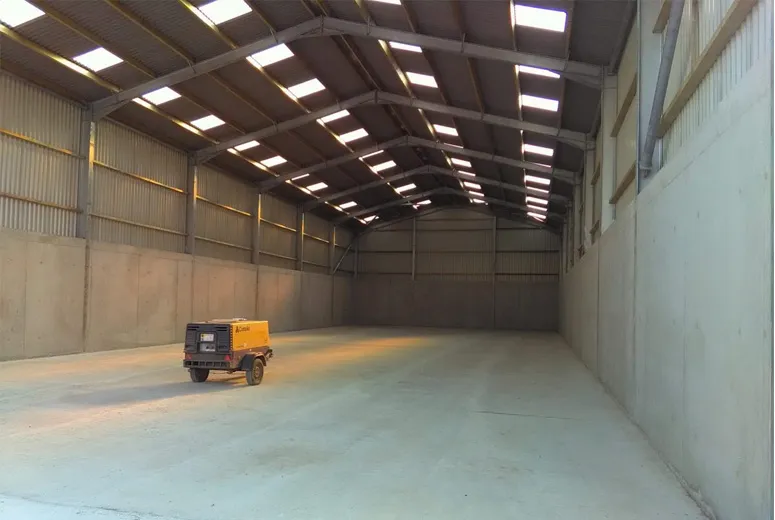- Afrikaans
- Albanian
- Amharic
- Arabic
- Armenian
- Azerbaijani
- Basque
- Belarusian
- Bengali
- Bosnian
- Bulgarian
- Catalan
- Cebuano
- Corsican
- Croatian
- Czech
- Danish
- Dutch
- English
- Esperanto
- Estonian
- Finnish
- French
- Frisian
- Galician
- Georgian
- German
- Greek
- Gujarati
- Haitian Creole
- hausa
- hawaiian
- Hebrew
- Hindi
- Miao
- Hungarian
- Icelandic
- igbo
- Indonesian
- irish
- Italian
- Japanese
- Javanese
- Kannada
- kazakh
- Khmer
- Rwandese
- Korean
- Kurdish
- Kyrgyz
- Lao
- Latin
- Latvian
- Lithuanian
- Luxembourgish
- Macedonian
- Malgashi
- Malay
- Malayalam
- Maltese
- Maori
- Marathi
- Mongolian
- Myanmar
- Nepali
- Norwegian
- Norwegian
- Occitan
- Pashto
- Persian
- Polish
- Portuguese
- Punjabi
- Romanian
- Russian
- Samoan
- Scottish Gaelic
- Serbian
- Sesotho
- Shona
- Sindhi
- Sinhala
- Slovak
- Slovenian
- Somali
- Spanish
- Sundanese
- Swahili
- Swedish
- Tagalog
- Tajik
- Tamil
- Tatar
- Telugu
- Thai
- Turkish
- Turkmen
- Ukrainian
- Urdu
- Uighur
- Uzbek
- Vietnamese
- Welsh
- Bantu
- Yiddish
- Yoruba
- Zulu
Ноя . 19, 2024 22:13 Back to list
Understanding Steel Construction Prices Key Factors and Trends
Steel has long been a staple material in construction, prized for its strength, durability, and versatility. However, like any material, the price of steel can fluctuate significantly due to various factors, impacting construction costs and project timelines. In this article, we will explore the key factors influencing steel construction prices, current trends in the market, and how these factors can affect future projects.
Key Factors Influencing Steel Prices
1. Raw Material Costs The price of steel is heavily influenced by the cost of its raw materials, primarily iron ore and metallurgical coal. Any changes in the supply and demand for these materials can directly impact steel prices. For instance, if a major iron ore producer experiences a labor strike or natural disaster, it can lead to decreased supply and, consequently, higher prices for steel producers.
2. Global Demand The global demand for steel, particularly from emerging economies, plays a significant role in shaping prices. Countries like China and India, with their rapidly growing infrastructures, account for a substantial percentage of global steel consumption. The demand fluctuations in these regions can cause significant shifts in steel pricing on a worldwide scale.
3. Manufacturing Capacity The production capacity of steel manufacturing plants also influences prices. If capacity is exceeded due to increased demand, prices may rise. Conversely, if there is an oversupply and factories are operating below capacity, prices may drop. Monitoring the utilization rates of steel mills can provide insight into potential price movements.
4. Trade Policies and Tariffs Tariffs and trade agreements can significantly affect steel prices. Protectionist measures, such as tariffs imposed on imported steel, can lead to increased domestic prices due to reduced competition. Conversely, free trade agreements may lower prices by increasing competition among suppliers.
5. Economic Conditions Broader economic conditions, including inflation, interest rates, and overall economic growth, can impact construction spending and, therefore, steel demand. In times of economic growth, construction activities typically increase, raising the demand for steel and driving prices up. Conversely, during economic downturns, demand can slump, resulting in lower prices.
steel construction price

6. Technological Advances Innovations in steel production processes can also influence prices. For instance, advancements that increase efficiency or reduce waste in the manufacturing process can lower costs, potentially stabilizing or reducing steel prices. However, the initial investment in new technologies can also lead to temporary price increases as companies incorporate these innovations.
Current Trends in Steel Pricing
As of the latest data in 2023, steel prices have shown volatility due to the aforementioned factors. Post-pandemic recovery efforts worldwide have spurred increased construction activities, leading to a surge in demand for steel. However, supply chain disruptions caused by geopolitical tensions and ongoing labor shortages in critical producing regions have kept prices relatively high.
Additionally, the construction sector is increasingly focused on sustainability, which has led to a rise in demand for steel produced using environmentally friendly methods. This shift may lead to price premiums for greener steel options but also indicates a long-term shift in the market that could influence pricing structures.
Future Considerations
Looking ahead, several factors will continue to influence steel construction prices. The geopolitical landscape, particularly involving key suppliers, will remain a critical consideration for pricing. Innovations in production technologies, combined with increased investments in recycling and circular economy practices, might also reshape the pricing strategies of steel manufacturers.
In conclusion, understanding the dynamics of steel construction prices requires a comprehensive awareness of multiple interconnected factors. From raw material costs and global demand to trade policies and technological innovations, each element plays a crucial role in defining the landscape of steel pricing. Stakeholders in the construction industry must remain vigilant and adaptable to these changes to manage budgets effectively and ensure project success in an ever-evolving market.
-
Cold Formed Steel Residential Framing
NewsMay.21,2025
-
Innovative Steel Structure Building Solutions
NewsMay.19,2025
-
Innovative Prefab Metal Shed Solutions
NewsMay.19,2025
-
Durable Steel Horse Shelter Solutions
NewsMay.19,2025
-
Durable Metal Shed Solutions
NewsMay.19,2025
-
Durable Big Metal Shed Solutions
NewsMay.19,2025
Products categories
Our Latest News
We have a professional design team and an excellent production and construction team.












